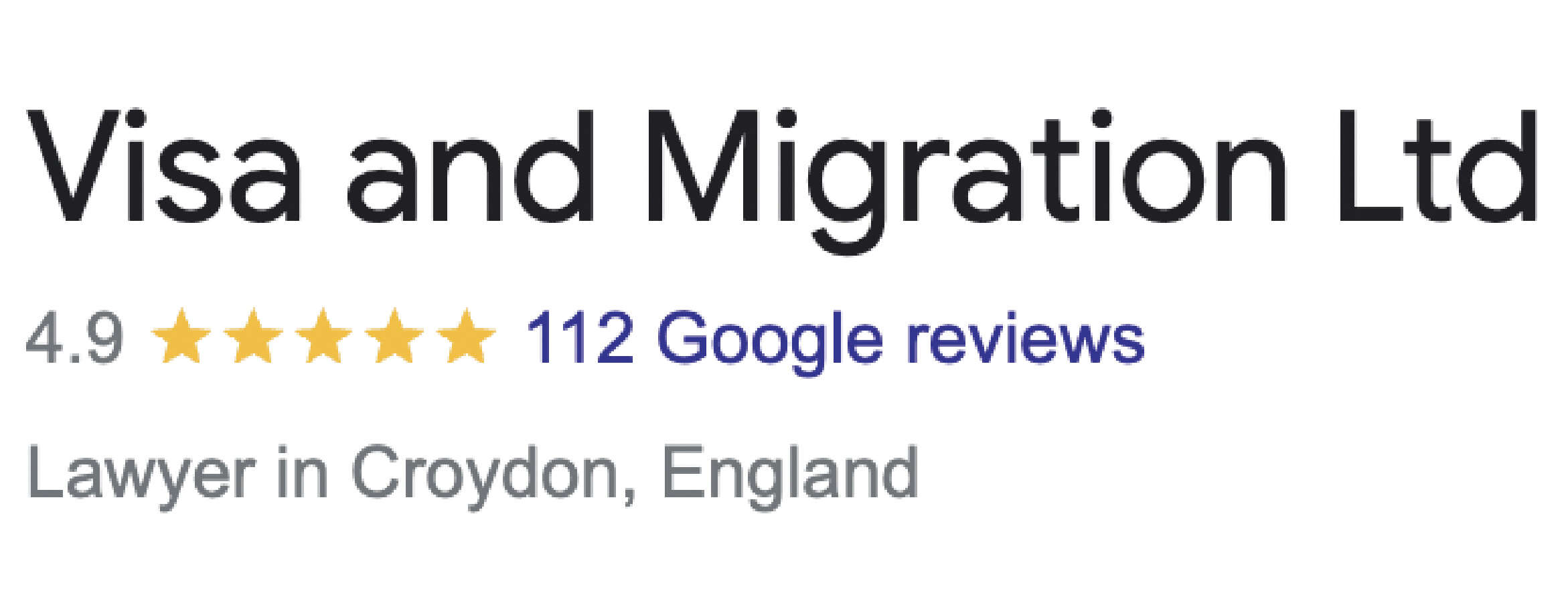A skilled Worker visa allows individuals to work in the UK with an approved UK employer. The Skilled Worker Visa has replaced the Tier 2 (General) Work visa. You can also switch to a Skilled Worker visa if you are already in the UK on any other valid visa except short term visas such as visit visas, short term student visas, Parent of a child student visa, Seasonal worker visa, holding leave outside the rules and domestic worker in a private household visa.
Switching to Skilled Worker visa from Tier 2 Intra Company Transfer
Earlier, there was Tier 2 (General) Work visa before introducing the Skilled Worker Visa, and a skilled Worker visa came into existence on 1 December 2020. With the Skilled Worker Visa introduction, individuals on Tier 2 Intra Company Transfer can switch to Skilled Worker without a cooling-off period. Earlier individuals could not switch to Tier 2 (General) visa or Tier 2 Intra Company Transfer within 12 months of their previous Tier 2 visa expiring unless they earned over £159,600.
New Entrants or Students
A “new entrant” means a new entrant to the labor market, in other words, someone who is near the start of their career, who is under the age of 26, and meets the new entrant criteria. The students who are under the age of 26 on a Tier 4 visa would also qualify to switch if they have completed a UK degree completed within the last 2 years or be applying no more than 3 months before they are expected to complete their course. The student will need to provide a confirmation from their Ter 4 sponsor. A Ph.D. student can also switch if they have completed 12 months study towards the qualification.
Eligibility for switching to Skilled Worker Visa
You need to meet the following requirements to be able to switch to a Skilled Worker visa:
1. Your job must be eligible for a Skilled Worker Visa, and you can check it by
knowing your job's four-digit occupation code. If you already have a job offer, ask your employer for your occupation code. But if you don't know your job's occupation code, you can search for it in the ONS occupation coding tool. Once you know your job's occupation code, you can check whether your position is eligible for a Skilled worker visa or not by viewing the table of skilled employment where the occupation code is mentioned.
2. You must have a job offer from an approved UK employer. Your employer is known as a & 'sponsor' in this case.
3. Your UK employer must be approved by the Home Office, and your employer will issue you a certificate of sponsorship also known as the CoS.
4. You must be paid at least a minimum salary for your work. The minimum wage should be the highest out of the following three options:
a. £25,600 per year
b. £10.10 per hour
c. the 'going rate' the minimum salary applicable for a particular occupation
code mentioned in the going rate table or £25,600 whichever is higher
5. Applicants switching can also be given 90%, 80% or 70% of the going rate of the salary depending if the applicant has PhD, shortage occupation, or STEM PhD subjects.
6. You should speak, read, write and understand English.
7. If you are in a health and care category switching to skilled worker then your salary needs to be paid according to the band of your job according to Table 3 of the Appendix Skilled Occupations; and
8. For switching into an education occupation code such as teacher, the salary should be paid according to Table 4 of the Appendix Skilled Occupations.
All applicants need to confirm if they need
ATAS approval if they have studied a course in certain subjects.
If you have a sponsor and are looking into switching to the skilled worker visa you can contact our lawyers at Visa and Migration Ltd on 02034111261...





